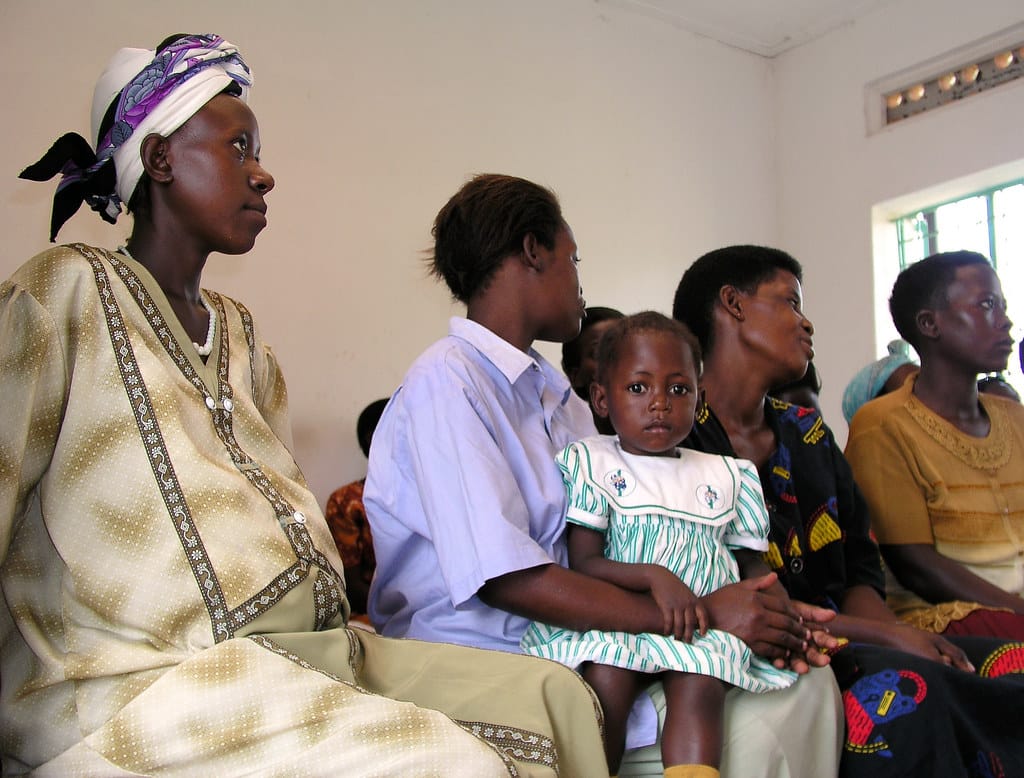BERLIN – Global life expectancy rose again in 2023 after a decline…
Category: 6. Health
-

Global Life Expectancy Sees Post-COVID Rebound – But Deaths Among Youths In North America And Latin America Rise
Chris Murray, Director of Institute for Health Metrics and Evaluation, describes key findings of the 2023 Global Burden of Disease study at the World Health Summit launch. -

AACR Special Conference in Cancer Research: The Rise in Early-Onset Cancers – Knowledge Gaps and Research Opportunities
This AACR Special Conference in Cancer Research will be held December 10–13, 2025, in Montreal, Quebec, Canada.
The meeting is designed as an in-person event, with all presentations delivered live, though the content will later be made…
Continue Reading
-

37th Annual Conference of the International Papillomavirus Society (IPVC 2025)
The 37th International Papillomavirus Conference (IPVC 2025), organized by the International Papillomavirus Society (IPVS), will be held in Bangkok, Thailand, from October 23–26, 2025. Under the theme “Research toward…
Continue Reading
-

Brain test may help predict sexual side effects in antidepressant users, research finds – crossroadstoday.com
- Brain test may help predict sexual side effects in antidepressant users, research finds crossroadstoday.com
- A brain test may predict antidepressant-related sexual problems, early research suggests CNN
- Brain test predicts ability to achieve…
Continue Reading
-

lenacapavir during pregnancy and lactation
UNAIDS estimates that 120 000 children globally acquired HIV in 2024, with the majority of infections occurring due to vertical transmission in southern Africa. Pregnant and lactating women have high HIV incidence in southern Africa, including…
Continue Reading
-

Researchers Finally Identified Where Gluten Reactions Begin : ScienceAlert
For roughly one in every hundred people, even tiny amounts of gluten can trigger severe symptoms and pose serious health risks.
While a domino effect of immunological reactions can be traced back to their genetic roots, multiple contributing…
Continue Reading
-
Just a moment…
Just a moment… This request seems a bit unusual, so we need to confirm that you’re human. Please press and hold the button until it turns completely green. Thank you for your cooperation!
Continue Reading
-
Scientists Figured Out Why Some Random Moments Stick With You Forever – SciTechDaily
- Scientists Figured Out Why Some Random Moments Stick With You Forever SciTechDaily
- Sleep strengthens memories we choose to keep News-Medical
- How do memories survive sleep? It’s all about intention Earth.com
- What You Choose to Remember Shapes…
Continue Reading
-

Gut bacteria trained by fiber can reverse fatty liver disease, study shows
NEWYou can now listen to Fox News articles!
A new UC Irvine study may have finally uncovered how dietary fiber protects the body from sugar’s damage, and how protecting yourself starts in the gut.
Researchers at the UCI School of Medicine…
Continue Reading
